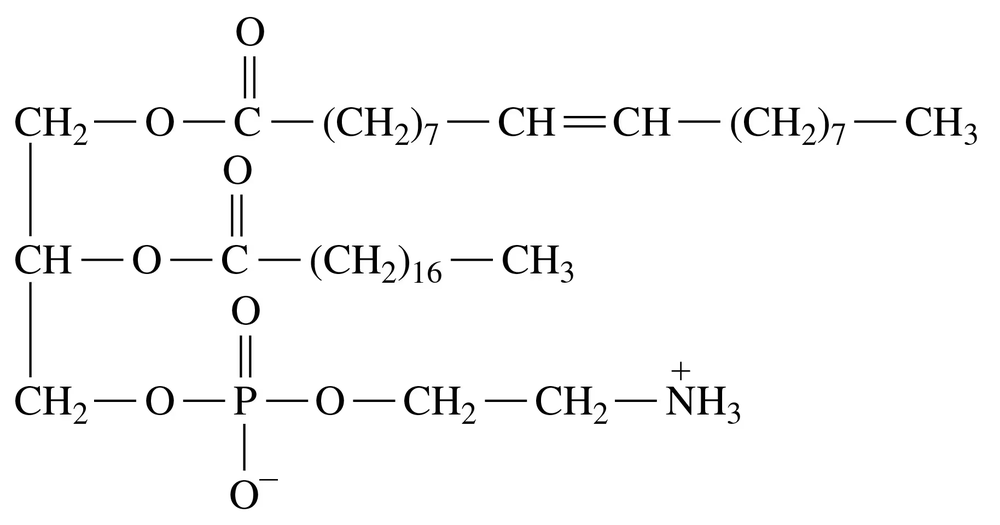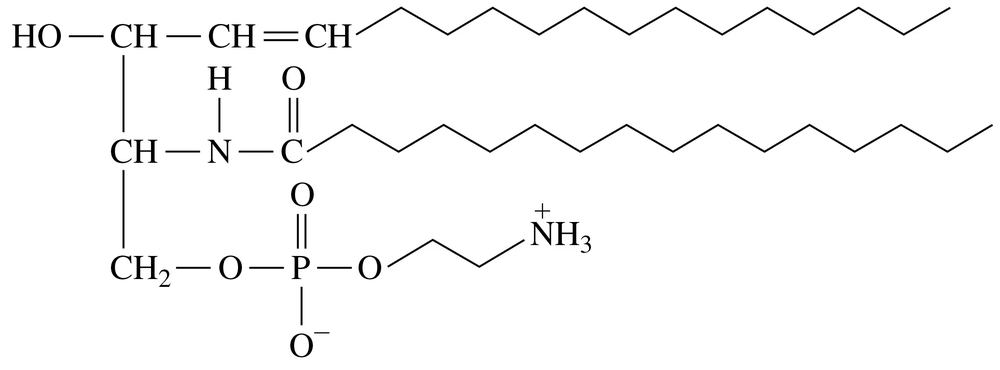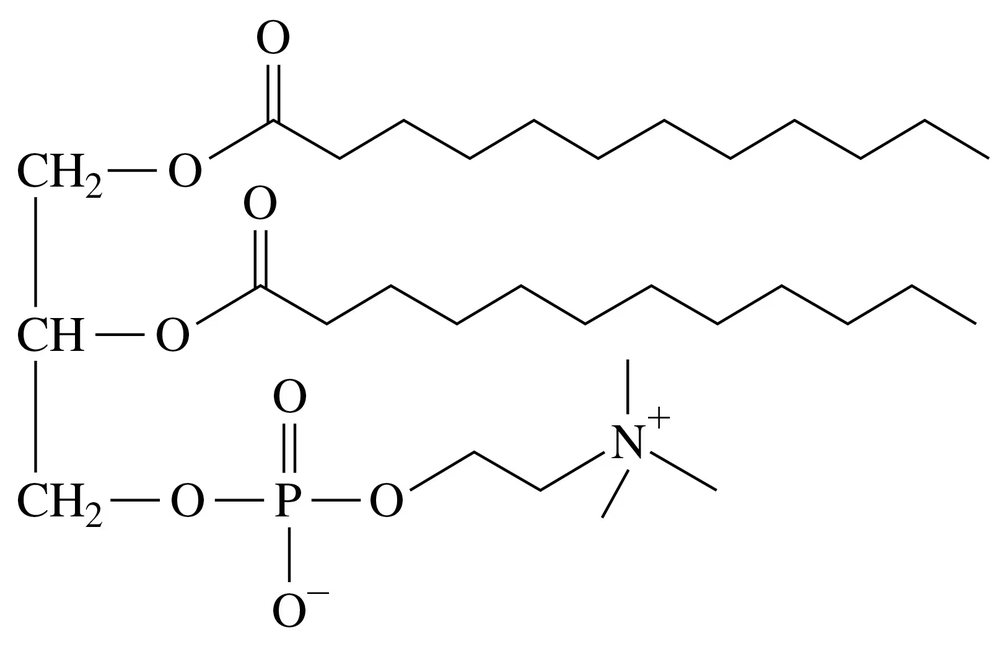 Back
BackProblem 2
Which of the following solvents might be used to dissolve an oil stain?
a. water
b. CCl4
c. diethyl ether
d. benzene
e. NaCl solution
Problem 3
What are some functions of lipids in the body?
Problem 5
Describe some similarities and differences in the structures of a saturated fatty acid and an unsaturated fatty acid.
Problem 6
Stearic acid and linoleic acid each have 18 carbon atoms. Why does stearic acid melt at 69 °C but linoleic acid melts at –5 °C?
Problem 7b
Draw the line-angle formula for each of the following fatty acids:
a. palmitic acid
Problem 9b
For each of the following fatty acids, give the shorthand notation for the number of carbon atoms and double bonds, and classify as saturated, monounsaturated, or polyunsaturated:
a. lauric acid
Problem 10a
For each of the following fatty acids, give the shorthand notation for the number of carbon atoms and double bonds, and classify as saturated, monounsaturated, or polyunsaturated:
a. linoleic acid
Problem 11
How does the structure of a fatty acid with a cis double bond differ from the structure of a fatty acid with a trans double bond?
Problem 12
How does the double bond influence the dispersion forces that can form between the hydrocarbon chains of fatty acids?
Problem 13
What is the difference in the location of the first double bond in an omega-3 and an omega-6 fatty acid (see Chemistry Link to Health “Omega-3 Fatty Acids in Fish Oils”)?
Problem 15
Compare the structures and functional groups of arachidonic acid and prostaglandin PGE1.
Problem 17
What are some effects of prostaglandins in the body?
Problem 18
How does an anti-inflammatory drug reduce inflammation?
Problem 20
Draw the condensed structural formula for the ester in jojoba wax that is formed from arachidic acid, a 20-carbon saturated fatty acid, and 1-docosanol, CH3–(CH2)21–OH.
Problem 21
Draw the condensed structural formula for a triacylglycerol that contains stearic acid and glycerol.
Problem 22
Draw the condensed structural formula for a mixed triacylglycerol that contains two palmitic acid molecules and one oleic acid molecule on the center carbon of glycerol.
Problem 25
Safflower oil is polyunsaturated, whereas olive oil is monounsaturated. Why would safflower oil have a lower melting point than olive oil?
Problem 28
How does the percentage of monounsaturated and polyunsaturated fatty acids in olive oil compare to that of canola oil?
Problem 29a
Identify each of the following processes as hydrogenation, hydrolysis, or saponification and give the products:
a. the reaction of palm oil with KOH
Problem 29b
Identify each of the following processes as hydrogenation, hydrolysis, or saponification and give the products:
b. the reaction of glyceryl trilinoleate from safflower oil with water and HCl
Problem 30a
Identify each of the following processes as hydrogenation, hydrolysis, or saponification and give the products:
a. the reaction of corn oil and hydrogen (H2) with a nickel catalyst
Problem 30b
Identify each of the following processes as hydrogenation, hydrolysis, or saponification and give the products:
b. the reaction of glyceryl tristearate with water in the presence of lipase enzyme
Problem 32
Use condensed structural formulas to write the balanced chemical equation for the hydrogenation of glyceryl trilinolenate, a fat containing glycerol and three linolenic acid molecules.
Problem 33
Use line-angle formulas to write the balanced chemical equation for the acid hydrolysis of glyceryl trimyristate (trimyristin).
Problem 35
Use condensed structural formulas to write the balanced chemical equation for the NaOH saponification of glyceryl trimyristate (trimyristin).
Problem 39
Describe the similarities and differences between triacylglycerols and glycerophospholipids.
Problem 41
Draw the condensed structural formula for the cephalin that contains glycerol, two palmitic acids, phosphate, and ethanolamine (ionized).
Problem 43
Identify the following glycerophospholipid, which is found in the nerves and spinal cord in the body, as a lecithin or cephalin, and list its components:
Problem 45b
Identify the following features of this phospholipid, which is abundant in the myelin sheath that surrounds nerve cells:
b. What is the fatty acid?
Problem 46a
Identify the following features of this phospholipid, which is needed for the brain and nerve tissues:
a. Is the phospholipid formed from glycerol or sphingosine?



